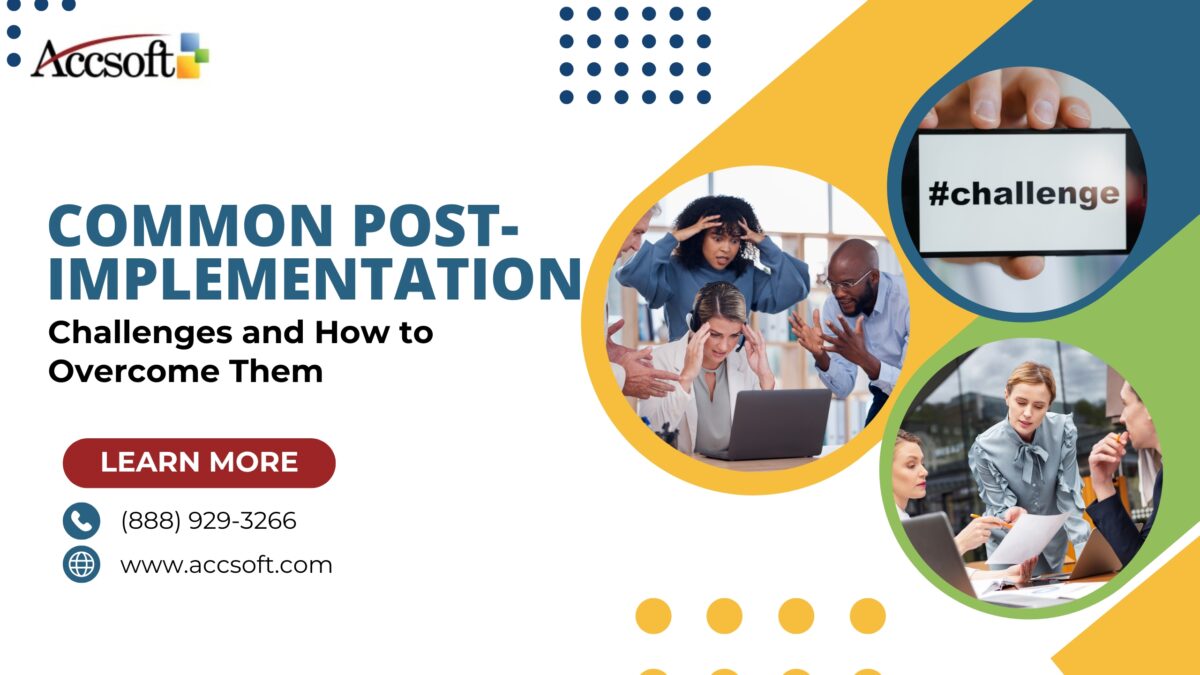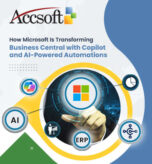
This can be considered as a landmark of any organization. Nonetheless, as with most milestones, go-live is but the beginning. As has been supported by literature, many challenges have started to influence post-implementation stages, which negatively impact the system’s success and even the business performance at large. The following is the most common problem affecting the implementation phase of the ERP system, together with their solutioning methods.
1. User Resistance and Adoption Problems
Problem
Employees will be resistant to the new system due to fear of change, unfamiliarity, or even a phobia of losing their jobs.
Solution
- System Training: Hands-on training on the entire module with roles played by various user groups.
- Ongoing Support: Helpdesk or support team that can answer user concerns immediately.
- Change Management: Benefits of ERP are communicated and employees are involved well ahead of time in the transition process to gain employee trust and confidence.
2. Data Accuracy and Quality Problems
Problem
Even after cleaning the data before implementation, there are always chances of inaccuracy, inconsistency, or unavailability of data during implementation in a newly implemented ERP.
Solution
- Data Validation: Automate tools to make it consistent.
- Periodic Data Audit: Study and correct the wrong ones.
- User Education: Educate the user about the right filling techniques and how to minimize errors.
3. System Performance and Downtime Issues
Problem
Slow performance, system crashes, or unexpected downtime can cause business operations problems in organizations.
Solution
- Performance Monitoring: Online monitoring of the system to identify and rectify performance bottlenecks.
- Scalability Planning: Ensure that the ERP system is fine-tuned to the current and future business requirements.
- Technical Support: The ERP vendor or IT team may be brought in for speedy rectification of the systems.
4. Inadequate Customization and Flexibility
Problem
This will leave some of the workflows or reporting functionalities behind that could have been aligned a little better to the business need after implementation.
Solution
- Find Gaps: Review after the implementation to know what functionality gap is.
- Talk to Consultants: Get consultants working on developing your custom modules or integrations, which might be required.
- Utilize System Upgrades: Follow up with upgrades by the vendor and their changes and improvements which may be beneficial for filling up one’s need.
5. Integration Issues with Other Systems
Problem
Most businesses operate through more than one software. Hence, complexity between those and a newly introduced ERP system is inevitable.
Solution
- API Integration: The best way is merging the old existing data transfer that existed between these systems by middleware or through APIs.
- Scheduled Testing: Run integration tests after integration for all data flow properly.
- Collaboration with Software Vendors: Allow compatibility for good integration.
6. Continuing Service and System Renewal
Problem
ERP systems are continuously updated and maintained, but businesses usually do not track new versions, patches, or security updates.
Solution
- ERP Maintenance Plan: Regular system updates and maintenance checks should be scheduled.
- Dedicated IT Support: Use the IT staff or an external ERP consultant to maintain updates.
- Stay Current: Vendor webinars, training, and user communities should be engaged for new functionality.
7. Measuring ERP Success and ROI
Problem
Most organizations face the challenge of measuring ERP success or determining whether the system is realizing the investment intended return, ROI.
Solution
- Define KPIs: Identify relevant KPIs such as process efficiency, cost savings, and productivity improvements.
- Regular Reviews: Conduct quarterly or annual performance reviews to assess the effectiveness of the system.
- User Feedback: Obtain feedback from the employees that identify what aspects are requiring improvement and enhancement.
Conclusion
Post-implementation challenges of an ERP system are a normal phenomenon, but the proactive strategies to ensure that there is always adaptation of an organization to a smooth transition with maximum system benefits always come into the picture. With a focus on user adoption, data integrity, system performance, and continuous improvement, organizations are sure to achieve long-term success with their investment in ERP systems.
Have you experienced some of these post-implementation challenges? Let us know about it in the comments below!







